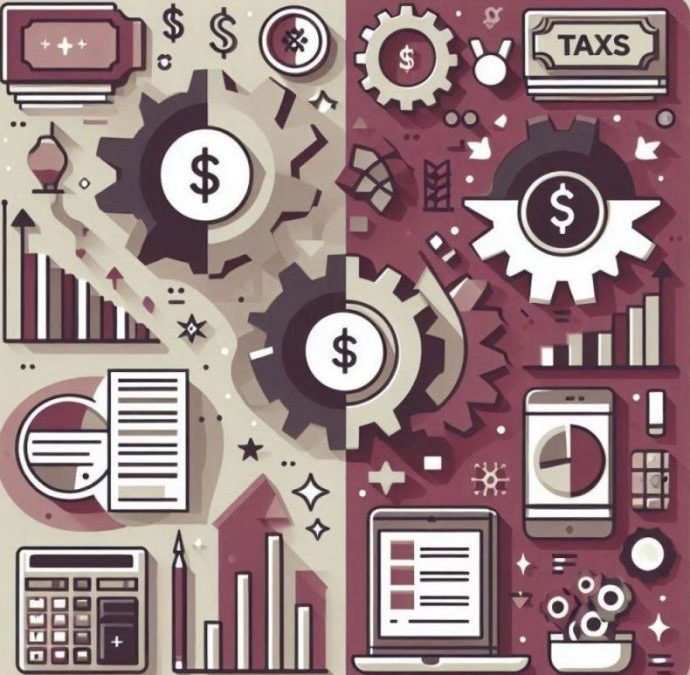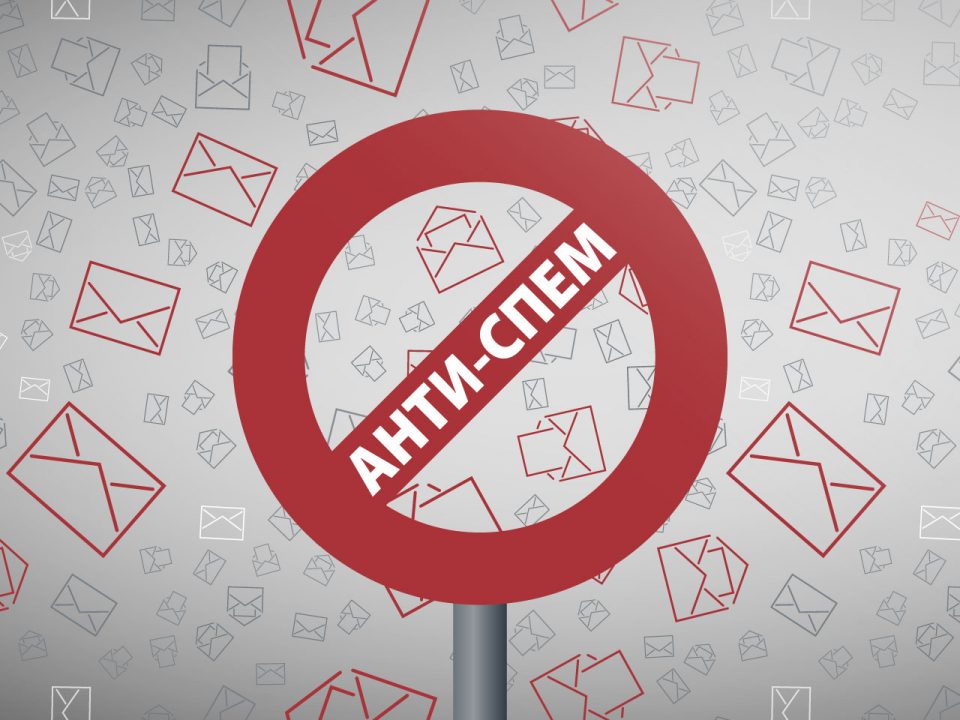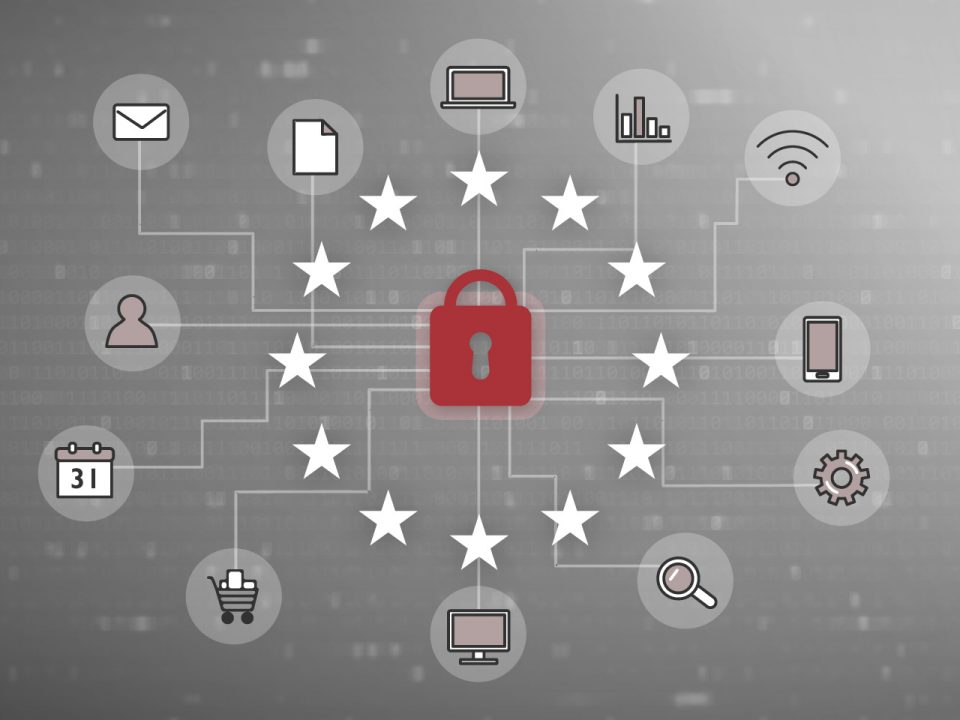R&D and IP Box – how the law encourage innovation?


Encouraging innovation and investing in research and development in order to improve competitiveness on the market have become the subject of numerous tax incentives in the Republic of Serbia.
Tax incentives mainly refer to persons who make a direct or indirect investment in startup capital, a smaller tax base, as well as numerous tax exemptions.
Among the mentioned tax incentives, stand out the double recognition of costs incurred in connection with research and development activities – Research & Development (hereinafter: R&D) and IP Box.
R&D incentive
The essence of the R&D incentive is that the taxpayer is recognized for the incurred costs in a double amount that are directly related to his research in the Republic of Serbia in order to reduce his taxable income.
Research, for example, can refer to the search for a new medicine, the development and improvement of new software, the development of car technology…
The term research is taken from International Accounting Standard 38, according to which it should be both original and planned and undertaken with the aim of acquiring new scientific or technical knowledge and understanding.
In order for the obligor to acquire the right to use this incentive, it is necessary to perform research and development exclusively on the territory of the Republic of Serbia, which will happen in a situation where at least 90% of all employees engaged in these jobs perform their activities on the territory of the Republic of Serbia.
On the other hand, the right to use this incentive does not depend on achieving success in the project, which means that the obligor’s eventual failure does not affect his right to use this incentive.
For example, if the company has 10 employees who are engaged in a development project in the Republic of Serbia, of which nine employees work in the territory of the Republic of Serbia, and one employee abroad, the company will be entitled to use this incentive because 90% of the employees who are engaged in this project performs its activities in the Republic of Serbia.
However, if persons who are not employed in that company, i.e. persons who are not employed in it, would be hired for development services, the company would not have the right to use this incentive because no employee would be engaged in the development project.
IP Box incentive
The essence of this tax incentive is to exclude 80% of qualified income from the tax base.
The beneficiary of this incentive is a startup that carried out its own R&D activities on the territory of the Republic of Serbia, where as a result an author’s work was created, which it deposited in the Register of the Institute for Intellectual Property.
Also, the startup can use the IP Box incentive if it assigns the use of the author’s work to a third party (e.g. through a license agreement).
Thus, this incentive allows legal entities to reduce the tax base for income generated from copyrights, patents and other forms of intellectual property in order to make it easier for them to invest in research and development of new technologies.
Qualified income earned by legal entities, which is the subject of this incentive, is calculated by calculating the total amount of income earned by the legal entity in the tax period on the basis of compensation for the use of intellectual property rights, after which the total amount of qualified expenses is subtracted from it and that amount is finally multiplied by the percentage that expresses the participation of total qualified expenses in the total costs incurred in connection with the use of intellectual property.
Conclusion
The use of R&D and IP Box tax incentives in the Republic of Serbia plays a significant role in encouraging innovation and economic development of the country.
These tax incentives allow companies to invest in research and development of new technologies and innovations, knowing that they will be rewarded with tax breaks for their efforts.
Through these examples, we see the concrete benefits that companies can achieve through the use of these tax incentives, which further motivates them to be innovative and competitive in the market.


